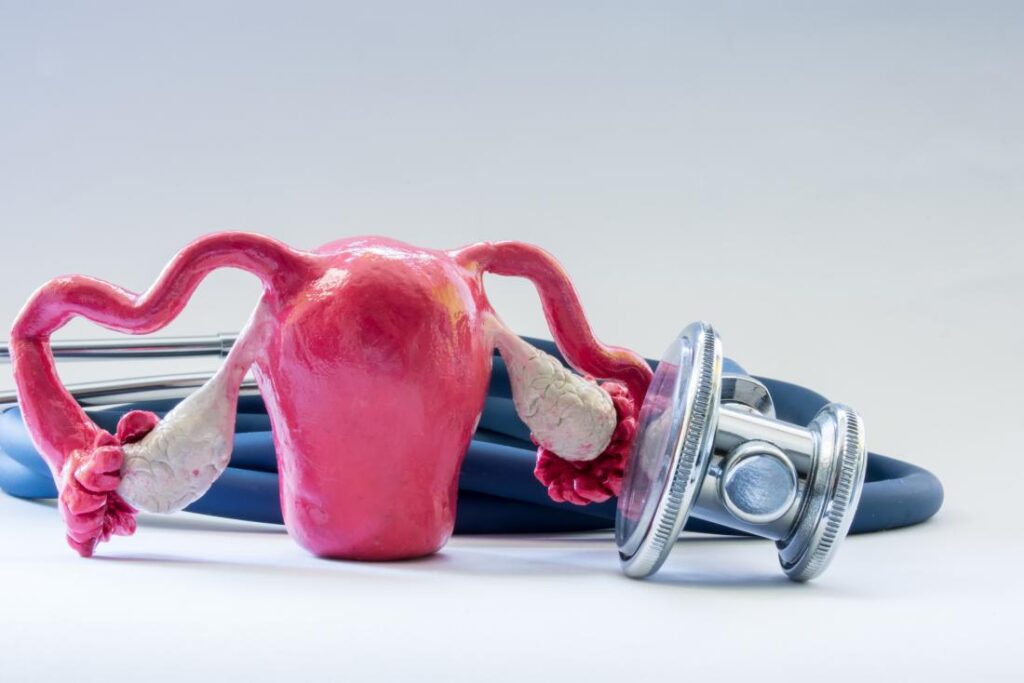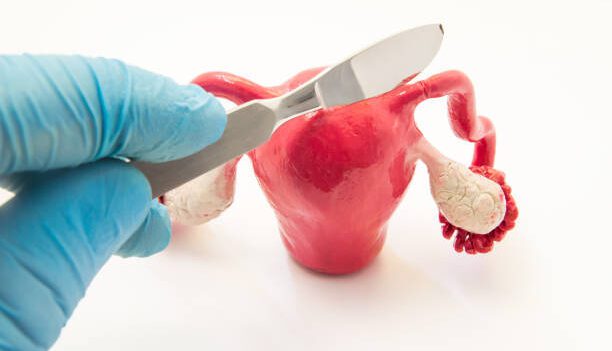Adenomyosis is a condition related to the female reproductive system. Adenomyosis is a common unaware condition these days among the women community.
This condition occurs when the endometrial tissue that lines the uterus encroaches on the uterine muscles. Thus, causing the uterine walls to thicken a result causing excessive or prolonged menstrual bleeding, as well as discomfort during your menstrual cycle or intercourse.

What causes adenomyosis?
The cause of this affliction is unknown. It is, however, linked to elevated oestrogen levels in the body causing the growth of endometrial tissue along with the uterus. During menopause, adenomyosis typically disappears. This is when oestrogen levels start to fall.
Females that maybe may be affected by this are on the scale of 25% to 65%. Since adenomyosis doesn’t often cause symptoms, many women are very much still unaware they have it.
This condition has become very prominent among many but stills seem to be a vague issue due to the shallow knowledge or information delivered regarding this chronic condition. Women fail to realise that any form of pain triggered in the body is actually a way on how our body signals or notifies us regarding a certain medical condition inside.
Who is most likely to be affected by adenomyosis?
Adenomyosis has been detected in adolescents, although it is most common among women aged 35 to 50 who have had at least one pregnancy, endometriosis, or uterine fibroids.

Common symptoms of adenomyosis?
The most common effects of adenomyosis are painful menstrual cramps (dysmenorrhea), Menorrhagia (heavy menstrual bleeding), abnormal menstruation, pelvic ache, intercourse that is excruciating (dyspareunia), infertility, and uterus enlargement.
What are the side effects of adenomyosis?
Adenomyosis induces heavy menstrual bleeding, which increases the danger of anaemia. Anaemia is caused by a lack of iron-rich red blood cells in the body. You can be tired or cold all of the time.

How do we treat adenomyosis?
Adenomyosis symptoms often disappear after menopause because the female hormone oestrogen stimulated for endometrial tissue development stops releasing. However, those that have heavy discomfort, severe bleeding, and other symptoms can opt for these treatments in the meantime.
Nonsteroidal anti-inflammatory drugs, or NSAIDs, such as ibuprofen or naproxen, may be used to relieve period cramping. Menstruation pain can be stopped with such oral contraceptives or you could consume birth control pills, such as Depo-Provera injections, and hormonal intrauterine devices (IUDs) including Mirena as other options.
For a permanent result, some even have their ovaries removed through hysterotomy. You will not have any menstrual cycle nor be able to get pregnant.

Since there aren’t any proper medications to treat adenomyosis, you can try to reduce the pain by holistic care through massages or hot packs placed on your lower belly during menstruations. Refrain yourself from consuming hormonal pills for a short time cure, which could affect your hormones in the long run.
You may consume iron supplements to furnish yourself with vitamins to avoid anaemia during heavy period flow.
Take care ladies, don’t misjudge your heavy period flow for a bad month, if the pain and heavy flow persists for more than a month, please get yourself checked and diagnosed!










